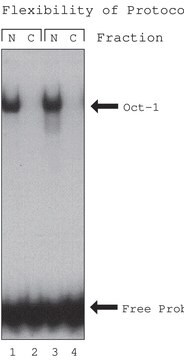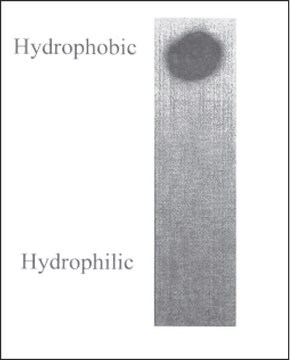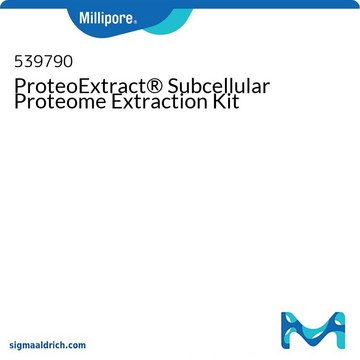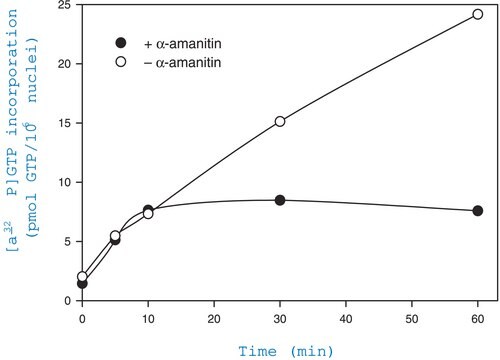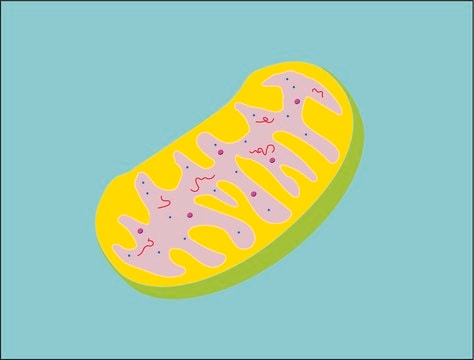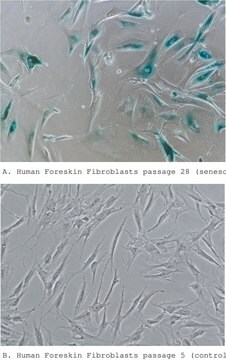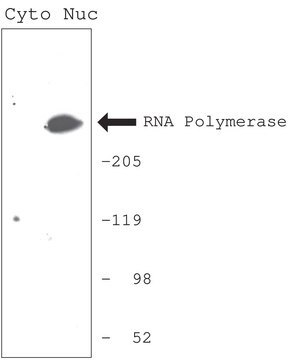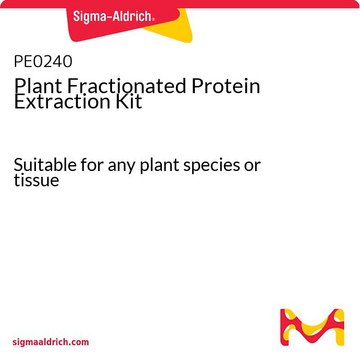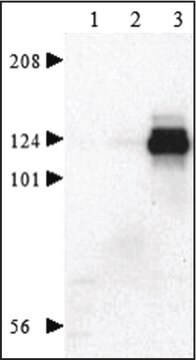PROTMEM
ProteoPrep® Membrane Extraction Kit
About This Item
Produits recommandés
Température de stockage
2-8°C
Niveau de qualité
Description générale
Application
Caractéristiques et avantages
- Innovative detergent preparations - Improved solubility allows for higher protein loads and greater visibility of low abundance proteins in 2D gels.
- Two pre-mixed solubilization solutions - Removes interfereing non-membrane proteins prior to extractions, resulting in uncluttered 2D arrays.
- Pre-measured reducing & alkylating reagents - Easy-to-use reagents provide improved IEF resolution.
Informations légales
Mention d'avertissement
Danger
Mentions de danger
Classification des risques
Acute Tox. 3 Oral - Aquatic Chronic 2 - Carc. 2 - Eye Dam. 1 - Repr. 1B - Resp. Sens. 1 - Skin Corr. 1A - Skin Sens. 1 - STOT SE 3
Organes cibles
Respiratory system
Code de la classe de stockage
6.1C - Combustible acute toxic Cat.3 / toxic compounds or compounds which causing chronic effects
Point d'éclair (°F)
186.8 °F - closed cup
Point d'éclair (°C)
86 °C - closed cup
Certificats d'analyse (COA)
Recherchez un Certificats d'analyse (COA) en saisissant le numéro de lot du produit. Les numéros de lot figurent sur l'étiquette du produit après les mots "Lot" ou "Batch".
Déjà en possession de ce produit ?
Retrouvez la documentation relative aux produits que vous avez récemment achetés dans la Bibliothèque de documents.
Les clients ont également consulté
Notre équipe de scientifiques dispose d'une expérience dans tous les secteurs de la recherche, notamment en sciences de la vie, science des matériaux, synthèse chimique, chromatographie, analyse et dans de nombreux autres domaines..
Contacter notre Service technique


